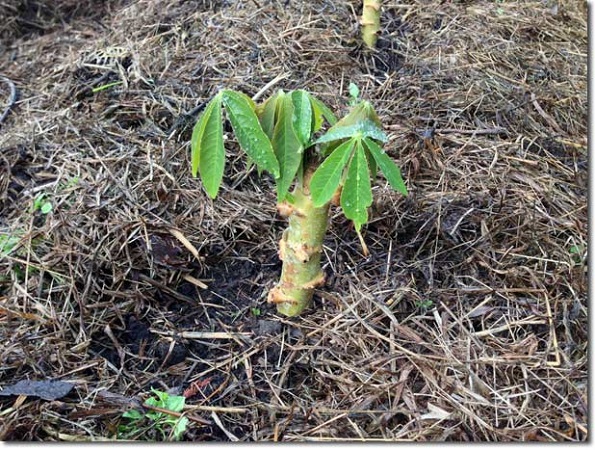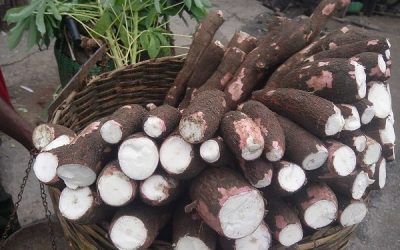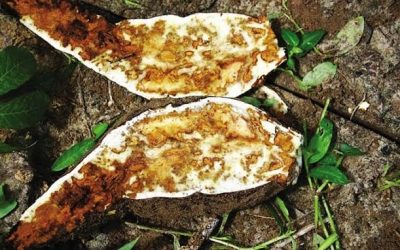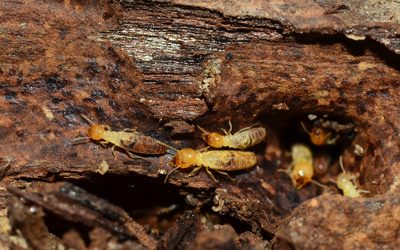Zero Input Technology for improved Cassava yields

It is possible to grow cassava using zero input technology. This does not need chemicals, such as fertilizers and herbicides, or organic compost. The zero input method encourages biological activity in the soil and provides natural protection from diseases. It can guarantee good yields, provided that you select a land with adequate organic matter, use the right varieties, plant at the right spacing and time and ensure a weed-free farm.
Use of zero input technologies to get good yields
– Choose a good soil with medium fertility and good drainage.
– Avoid stony, clayey or water-logged soils.
– Practice minimum tillage in sandy soils to conserve organic matter, and moisture, and to reduce soil erosion.
– In shallow or hard soils, make ridges or mounds to increase the topsoil volume per plant for a better establishment.
– Choose improved varieties with the highest and most stable yield performance in the particular farm locations.
– Select planting materials from healthy cassava plants (9-15 months old) without stem or leaf damage from pests or diseases
– Handle the stems carefully to avoid bruising or damaging the nodes and to improve sprouting.
– Cut the middles of the stems into 25 cm lengths with 5–7 nodes. Middle portions establish better than the tips and basal parts.
– Plant at the right time to ensure healthy sprouting and good crop establishment. Dry season planting is not recommended when the rains stop early or where the water table is low. There may not be enough moisture to allow sprouting and the stems to survive.
– In general, cassava should be planted when 2 months of adequate soil moisture is expected after planting.
– Plant at the correct spacing. The recommended planting space is 1m × 1m for branching types and 1m × 0.8m for non-branching types.
– Weed the farm early. Early weeding is easier, and prevents weeds from competing with the crop for nutrients, water, light, and space at that important period. If planting early in the rainy season, weed at 4, 8 and 12 weeks after planting. If the rainy season ends before this schedule can be completed, continue weeding during the following rainy season at 6–10 weeks after the rains begin.


